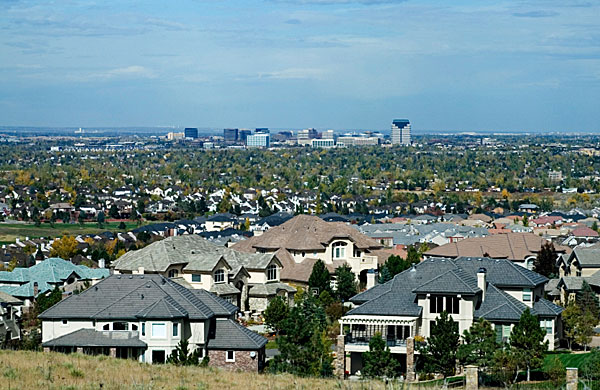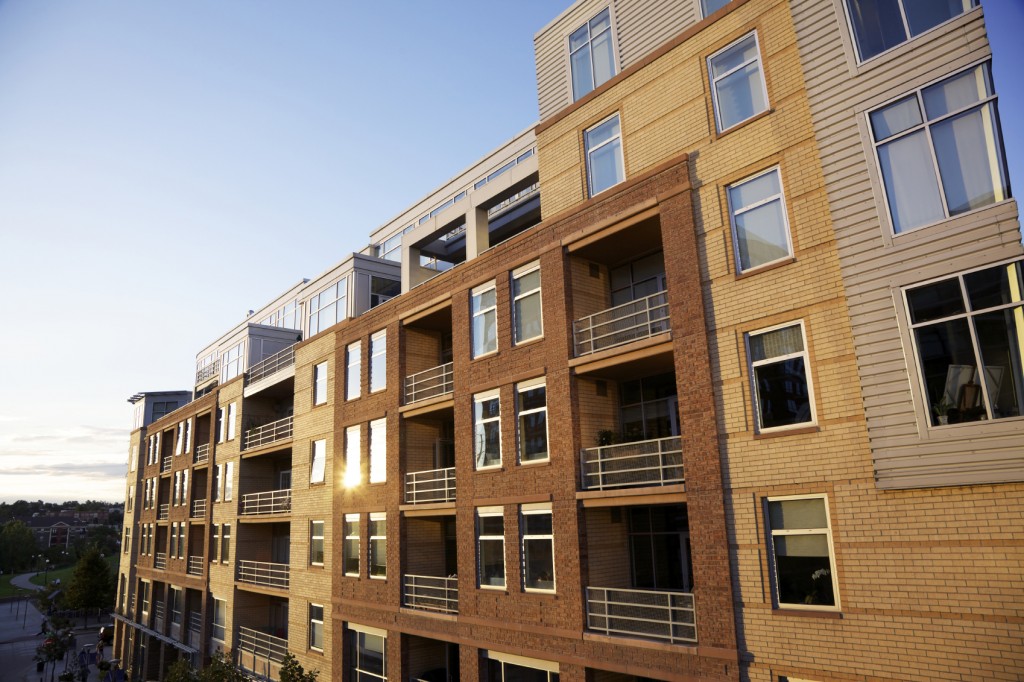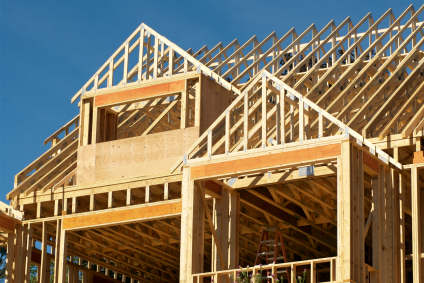When it comes to natural disasters and areas of high-risk living, Colorado is certainly not safe from the wrath of Mother Nature. While every area has its own potential risks, Colorado has over 83,000 homes that are considered to be high risk for wildfires—the most of any state in the US. The Denver local movers have found that in addition to these “very high risk” homes, there are an additional 73,185 “high risk” homes.

In the western US, there are about 1.2 million homes total that fit into these categories. Worth mentioning in the report compiled by CoreLogic in the Wildfire Hazard Risk Report, Boulder was singled out as a very high risk area with almost 2,000 residential properties qualifying as high risk.
The city with the most homes exposed to wildfire risk, however, was not in Colorado but in California. Los Angeles took top billing in this category, with more than 60,000 homes in high risk/very high risk. This year has already been a high profile year for wildfires, and the season isn’t near over. The next two months are a dangerous time for potential wildfires, and the risks will remain into 2014.
Denver is a beautiful place to live, and just like some areas are subject to flooding or earthquakes, wildfires are a real threat that should be prepared for accordingly. We suggest browsing the American Red Cross and their guide to wildfire preparedness, which you can read here.





